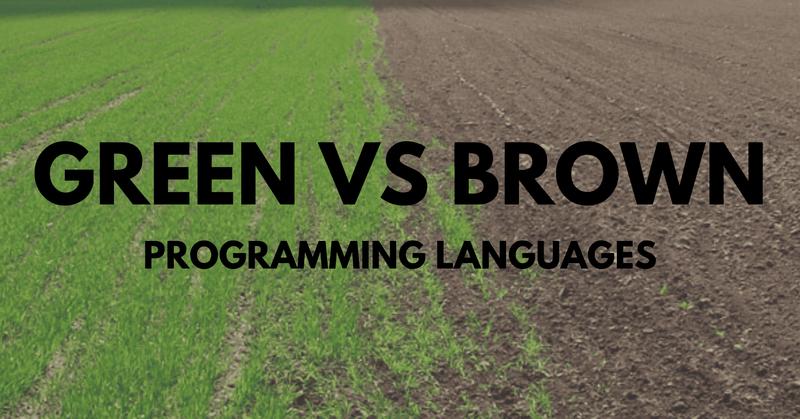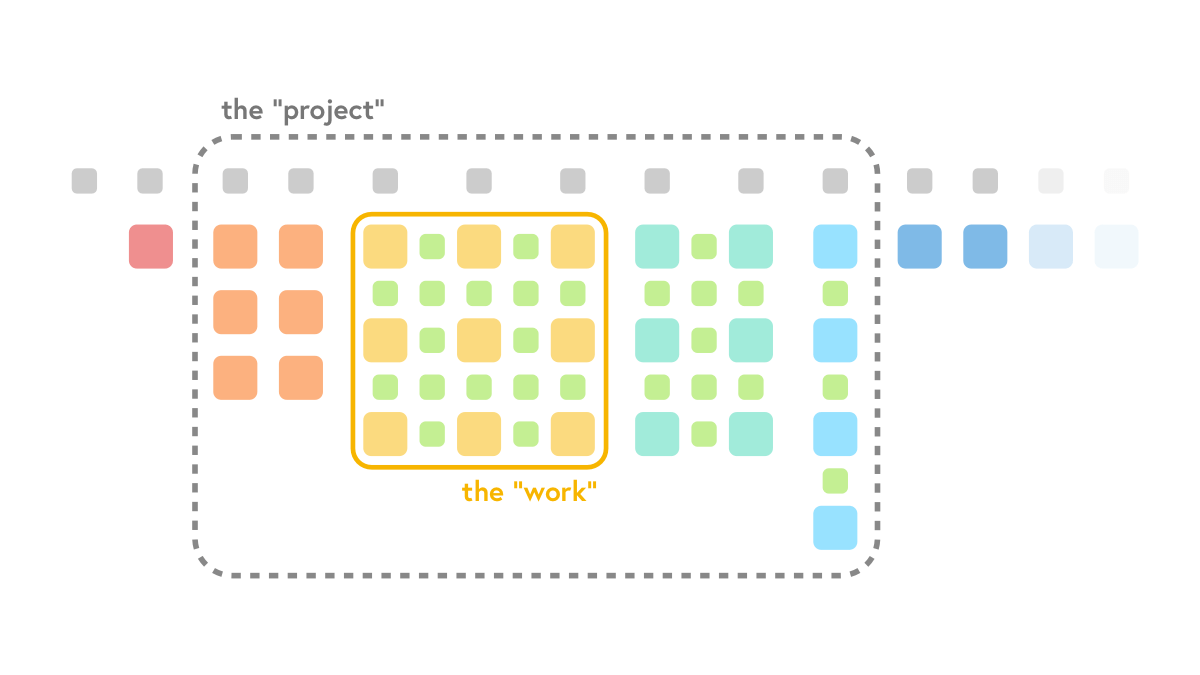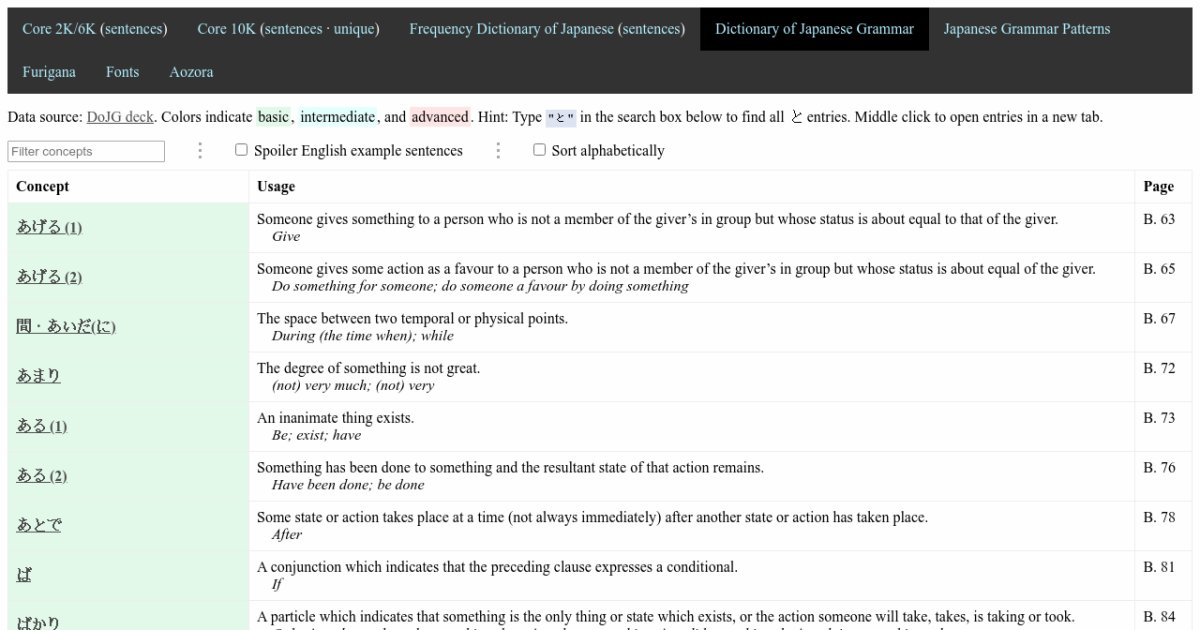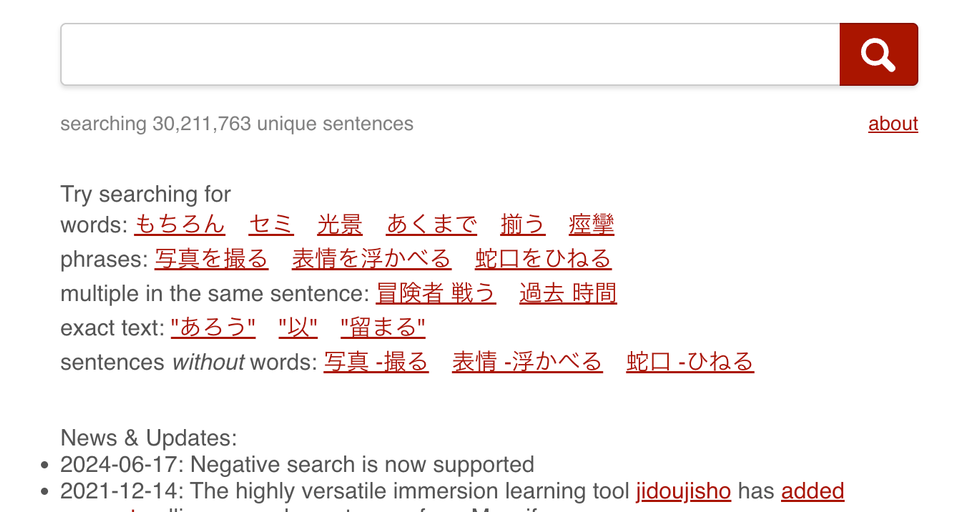
Bookmarks / Today I Learned
Well, seems like you've found this not-so-secret page :)
This is where I keep my bookmarks or things that I learned. It's meant to
be a public archive of things that I find interesting and useful whether
it be an article, random thoughts, videos, literally anything. I hope
you find something useful here too! These are all coming from my
Raindrop.io collections.
Designs
(25 items)
Designs
(25 items)


Asset Forge · Kenney
kenney.nl
Awwwards - Website Awards - Best Web Design Trends
awwwards.com
Best websites & fonts inspiration feed
maxibestof.oneColor - Material Design 3 - Create personal color schemes
m3.material.io
D.E.: Directory of Design Engineers
designengineers.netDesign Engineering
floguo.com

Easing Linear Gradients | CSS-Tricks
css-tricks.com
Godly — Astronomically good web design inspiration
godly.website
Human Interface Guidelines | Apple Developer Documentation
developer.apple.com

OKLCH Color Picker & Converter
oklch.com
One Page Love - One Page Website Inspiration and Templates
onepagelove.com
Paper – design, share, ship
paper.design
SEESAW ✦ Design Inspiration
seesaw.website
Siteinspire
siteinspire.com
The Best Landing Page Design Inspiration, Templates and More
landingfolio.com
The Myths of Color Contrast Accessibility
uxmovement.com
The product design talent crisis
matthewstrom.comThe Science of Color & Design
m3.material.io
Three.js Journey — Learn WebGL with Three.js
threejs-journey.com
You Don't Need Animations
emilkowal.ski Software Engineering (Non Tech)
(21 items)
Software Engineering (Non Tech)
(21 items)
AI Coding
geohot.github.io

Don't Break the Chain
mattrickard.com

Hire for slope, not Y-Intercept
mattrickard.com
Human-Centered Programming Languages - Introduction
bookish.press
Introduction | Divio Documentation
docs.divio.com
Minimizing on-call burnout through alerts observability
blog.cloudflare.com
Notes from an Interviewer – dev with a hammer
devwithahammer.wordpress.com
Programming Books: A Reading List for Software Craftsmanship
programmingbooks.dev
TDD: You're Probably Doing It Just Fine - The Code Whisperer
blog.thecodewhisperer.com
The work is never just “the work” | Dave Stewart
davestewart.co.uk
The_Corporate_Startup_Book-Draft.pdf
publishizer-prod.s3.amazonaws.com

Your job is to deliver code you have proven to work
simonwillison.net Language Learning
(11 items)
Language Learning
(11 items)

A Dictionary of Japanese Grammar
core6000.neocities.orgIMABI 今日 – Guided Japanese Mastery
imabi.orgIntroduction - Yokubi
yoku.biJapanese - Comprehensible Input Wiki
comprehensibleinputwiki.org
Learn Japanese Step by Step | Marshall's Site
marshallyin.com